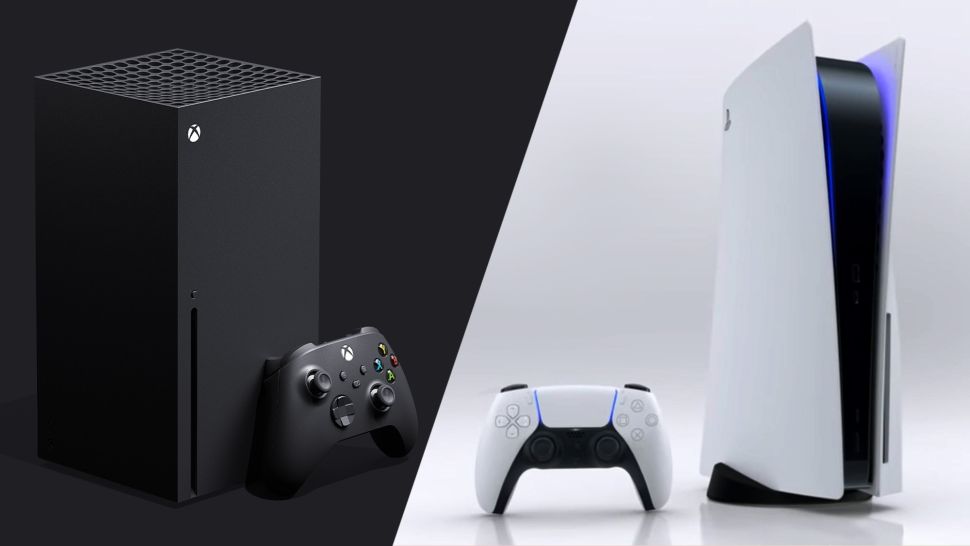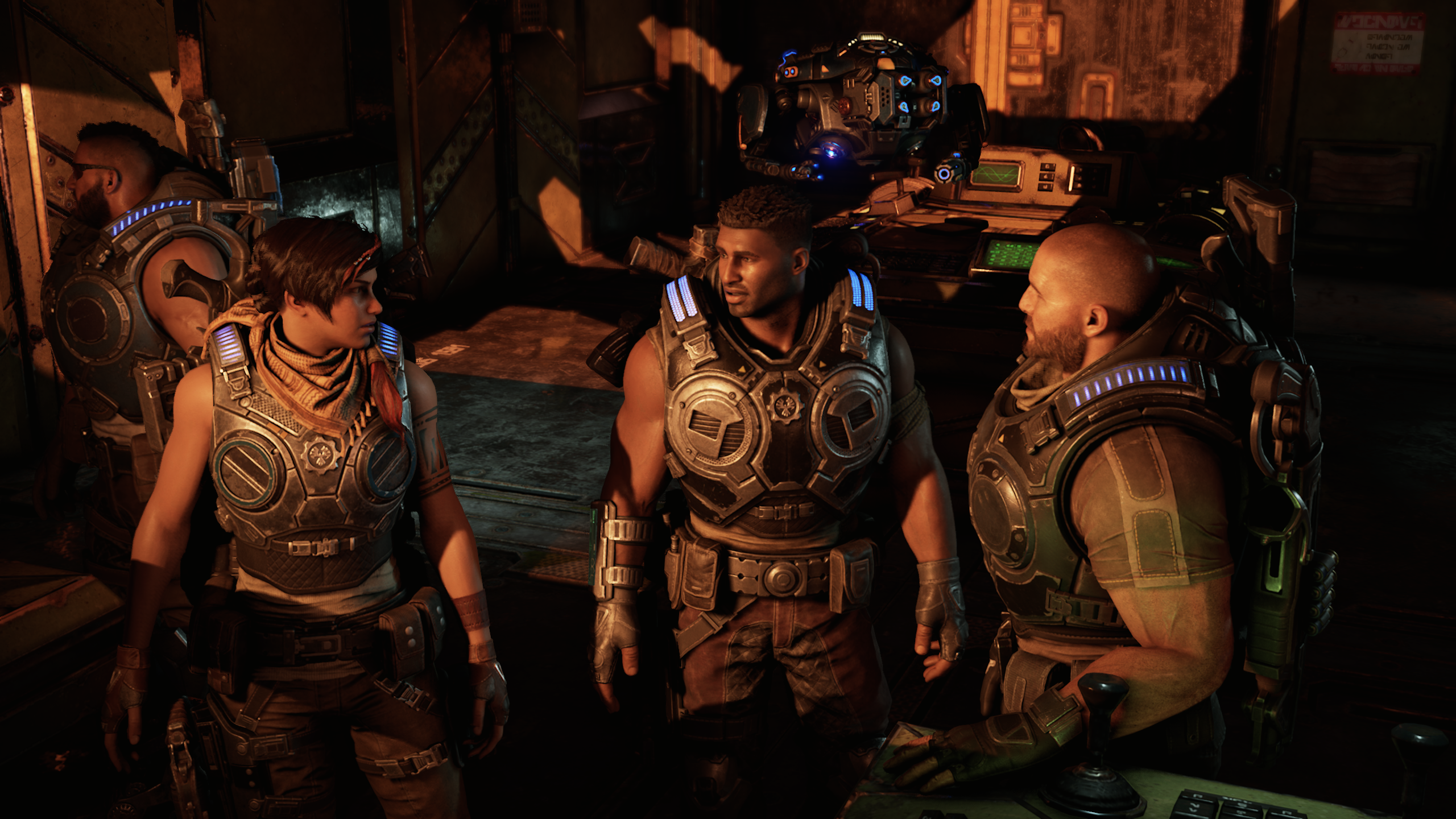PS5 Game Boost vs Xbox Series X FPS Boost: which plays your old games best?
Xbox Series X has more enhanced games, but PS5 has more improvements

With the PS5 and Xbox Series X placing a greater emphasis on improving old games, both Microsoft’s FPS Boost and Sony's Game Boost have been revolutionary in enhancing older games. Consumers can expect a larger library of improved experiences, some of which could be transformative depending on the game.
On Xbox, the first two batches showed promise, especially considering it required little-to-no developer intervention. Unfortunately, the third batch of 74 games highlighted the feature’s limitations, often requiring dramatic resolution and settings sacrifices to boost performance.
- These are the 10 best Xbox Series X FPS boost games to play
- How to watch Battlefield 2042 gameplay reveal live stream
- Plus: PS5 vs Xbox Series X: With great power comes greater electric bills
While Sony doesn’t have this feature, it has been rolling out framerate patches to PS4 games running under a backwards compatibility layer. This approach has its own drawbacks, however, limiting the number of games consumers can expect. Given the two different approaches to boosting last-gen games, how do the PS5 and Xbox Series X compare in performance?
Examining Xbox Series X FPS Boost
FPS Boost rolled out in February with New Super Lucky’s Tale, Far Cry 4, Sniper Elite 4, UFC 4 and Watch Dogs 2. The following month brought Dishonored: Definitive Edition, The Elder Scrolls V: Skyrim Special Edition, Fallout 4, Fallout 76 and Prey. Today, FPS Boost supports 97 games. How did such a huge list amass within a three month span?
This gets to the heart of FPS Boost’s “magic,” as some might call it. Microsoft often partners with developers to ensure stable performance without unintended bugs, but all engineering work is handled by the Microsoft backwards compatibility team on a platform level. According to Digital Foundry’s chat with Jason Ronald, FPS Boost works by sending data from Direct3D, the console’s graphics API, to the game faster than it can recognize what’s happening. Through this method, game code thinks it’s running at its original frame rate target.

This sounded like a breakthrough as it could allow a huge range of improved titles. With the current list of games, however, FPS Boost’s limitations are apparent. Without modifying game code, these backwards compatible titles are limited in terms of how much of the platform’s features and efficiencies can be taken advantage of. Because of this, quite a few games have FPS Boost turned off by default on Series X. Some noteworthy examples include Battlefield 1, Battlefield 5, and Titanfall 2. These are all Xbox One X enhanced games that use dynamic resolution scalers with a 4K (or 6K in Titanfall 2’s case) ceiling and a 60 frames per second target. In standard backwards compatibility, Series X offers more stable performance than One X while running at the upper bounds of the DRS range. DRS, or dynamic resolution scaling, is a technique that adjusts resolution based on rendering load. Native resolution drops dynamically to prevent or minimize frame rate drops.
This excellence diminishes when you enable FPS Boost. By targeting 120fps, Series X’s raw grunt under a backwards compatibility layer can only do so much. Because no code is being modified, the only other option to make the framerate boost possible is dropping to the original Xbox One’s settings. This is where the feature falls apart. Playing online shooters at 120fps is great, but resorting to sub-1080p resolutions with 2013 console settings on the 2020 premium console doesn’t sound so premium.
Sign up to get the BEST of Tom's Guide direct to your inbox.
Get instant access to breaking news, the hottest reviews, great deals and helpful tips.
There are other curiosities such as Gears of War 4. FPS Boost only applies to Series S, which can now run it at 1080p 60fps, whereas the One X already had that mode in place. One would hope Series X would enable FPS Boost in the graphics mode like Shadow of The Tomb Raider and UFC 4, but that’s not the case. Considering Gears 5’s impressive dedicated Series X patch, Gears of War 4 should be able to run at 4K at a locked 60fps, but doing so would require touching code. This is a big ask of The Coalition, as the team is knee-deep into transitioning workflow to Unreal Engine 5 while supporting Gears 5’s multiplayer.

Examining PS5 Game Boost Patches
To this day, Days Gone, Ghost of Tsushima, Ratchet and Clank, The Last of Us: Part 2 and God of War have gotten 60fps updates on PlayStation 5. This is a much more anemic list than its competitor despite introducing some of these upgrades months before FPS Boost launched.
On a positive note, it’s reliable. None of Sony’s framerate boosted games require visual sacrifices. There are two reasons for this — the generational jump and engineering efforts.
The hardware discrepancy between PS4 Pro and PS5 is greater than that of the jump from Xbox One X to Series X. PS4 Pro was a memory bandwidth-constrained machine. This often limited its resolution and settings, with One X sometimes getting higher resolution texture packs not offered on Pro on top of the higher rendering resolution. Because of this, running raw Pro code on a PS5 will usually see more of a performance uptick than One X code on Series X. Beyond this, the aforementioned patches were handled by the developers themselves, modifying code to remove the framerate caps and making optimizations to ensure the smoothest experience possible.

Games that used checkerboard rendering or similar techniques actually benefit from improved image quality on PS5 despite developers not changing the resolution.
Because checkerboard rendering and Insomniac’s temporal injection work by using information from previous frames, at 30 frames per second, there’s less information to work with. Without getting too technical, Temporal injection and checkerboard rendering typically render half of the pixels each frame, using different methods to achieve final output resolution. Checkerboard rendering uses an alternating pattern between frames to fill-in the spots whereas temporal injection accumulates information from previous frames to inject into the current frame. A game’s render time might also occasionally go over or under budget, which will lead to artifacts or ghosting. With more temporal information, every game on Sony’s boosted list except The Last of Us Part 2, which opted for straightforward 1440p rendering, gets a minor upgrade to image stability.
Framerates are as locked as they can be, too. Days Gone is the most prone to dropping due to its large world with more dynamic elements than Ghost of Tsushima, as shown in this frame rate test, but it still runs extremely well. Sony’s games are as locked to frame rate targets as you can expect a console game to.
Xbox Series X FPS Boost vs PS5 Game Boost: verdict
Sony’s approach to framerate intervention is more reliable for the consumer as it results in near-flawless performance without visual losses. Unfortunately, because of the resources required, you won’t see many more PlayStation 4 hits receive this treatment. With the leaked Uncharted 4 PC port, we’d love to see a framerate patch for that. Horizon: Zero Dawn would be another welcome addition, considering its existing PC port, but Guerilla is busy with full-scale Horizon: Forbidden West development.
Microsoft’s FPS Boost, on the other hand, allows for more games to see performance upticks. The downside comes from the limited access to game code. If Microsoft determines a game isn’t stable enough, the only options are to not roll out FPS Boost at all or revert to base Xbox One code. Microsoft can’t find a resolution/settings middle-ground between Xbox One and Xbox One X. The Xbox situation is made confusing due to how inconsistent its sacrifices are. Prey, UFC 4, Skyrim, and Shadow of the Tomb Raider retain Xbox One X enhancements at 60 frames per second, but Anthem cuts down to Xbox One’s dynamic 900p for 60fps as an example.
Neither approach is inherently better. Both are equally successful and disappointing for different reasons. When FPS Boost works as expected, it soars past Sony’s closest equivalent. Because of One X’s 1.8 teraflop advantage over PS4 Pro, often resulting in upwards of 2.25x’s the resolution in best cases, multiplatform games that get FPS Boost without losing enhancements make the Pro versions feel obsolete. It’s a shame it doesn’t work this way often. Of the 97 boosted games, 20 have it off by default, signifying a reversion to original Xbox One code.
It’s also a shame Sony doesn’t have a dedicated team that could work on more framerate patches for PS5. While Sony can’t do much to mitigate the issue short of altering its business strategy to focus more on backwards compatibility, Microsoft is in position to implement the simplest solution. Not everyone is equally sensitive to framerate drops, meaning Microsoft should offer the option of keeping Xbox One X settings with FPS Boost enabled. Implementing this user choice would make FPS Boost the clear winner.
David loves playing discussing games as much as he loves playing them. When he’s not invested in a 200+ RPG, he’s probably watching a 2 hour video essay on an obscure game. He also has an unhealthy obsession with brownies.
